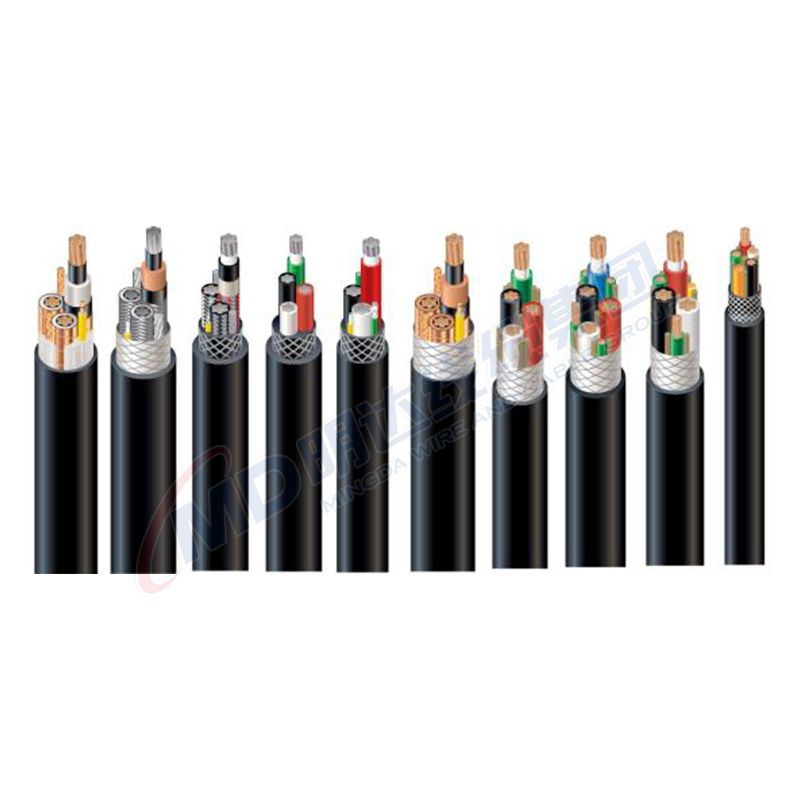Sep . 15, 2024 16:45 Back to list
Swing Check Valve Flange Type - Reliable Valve Solutions for All Applications
Understanding Swing Check Valve Flange Type
A swing check valve is an essential component in various piping systems, providing effective backflow prevention to ensure fluid flows in one direction. Among the different types of check valves, the flange type stands out due to its robust design and ease of installation, making it a popular choice in industries such as water treatment, oil and gas, and chemical processing.
The primary function of a swing check valve is to prevent reverse flow, which can cause significant damage to equipment and disrupt operational efficiency. The valve operates using a hinged disc that swings open to allow fluid to pass through when the flow direction is correct. However, if the flow reverses, the disc swings back and seals the pipeline, effectively blocking any backward movement of the fluid.
One of the key features of swing check valves is their flange connection. Flange type check valves come with raised or flat flanges that allow them to be bolted directly to the pipeline. This design not only simplifies installation but also provides a secure and leak-proof seal, crucial for maintaining system integrity. They are available in various sizes and materials, including cast iron, stainless steel, and PVC, allowing for flexibility in application depending on the fluid being transported and the environmental conditions.
swing check valve flange type

When selecting a swing check valve flange type, several factors need to be considered. First, the pressure and temperature ratings of the valve should align with those of the system to ensure proper operation. Additionally, the material of the valve must be compatible with the fluid to prevent corrosion or chemical reactions that could compromise the valve’s functionality. Furthermore, the size of the valve should match the diameter of the pipes to avoid flow restrictions or turbulence, which can reduce efficiency.
Maintenance of swing check valves is generally straightforward, but periodic inspection is important. Over time, wear and tear on the disc and seat may occur, which could lead to leakage or failure to close properly. Regular checks can help identify potential issues early, ensuring that the valve continues to perform effectively and contributes to the overall reliability of the piping system.
In conclusion, swing check valve flange types are vital for many industrial applications due to their reliability, ease of installation, and effective backflow prevention. By understanding their design, operation, and maintenance requirements, engineers and operators can ensure optimal performance in their fluid handling systems. Whether in a manufacturing plant or a municipal water supply system, the swing check valve remains a cornerstone of fluid management technology.
Share
-
Reliable Wafer Type Butterfly Valves for Every IndustryNewsJul.25,2025
-
Reliable Flow Control Begins with the Right Ball Check ValveNewsJul.25,2025
-
Precision Flow Control Starts with Quality ValvesNewsJul.25,2025
-
Industrial Flow Control ReliabilityNewsJul.25,2025
-
Engineered for Efficiency Gate Valves That Power Industrial PerformanceNewsJul.25,2025
-
Empowering Infrastructure Through Quality ManufacturingNewsJul.25,2025